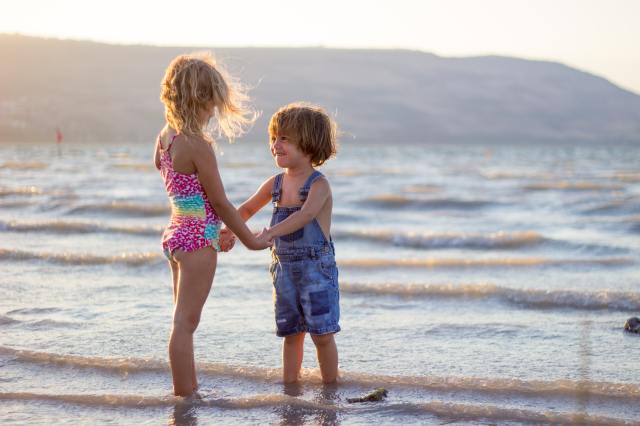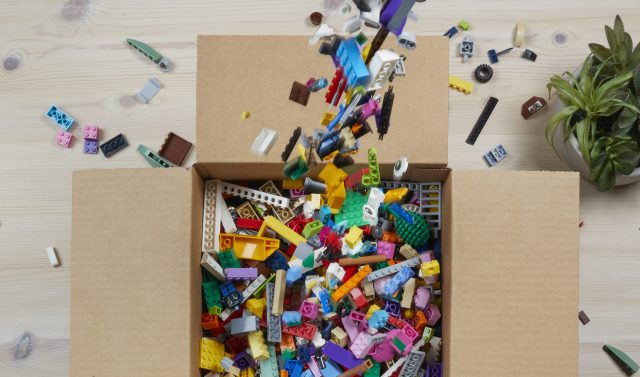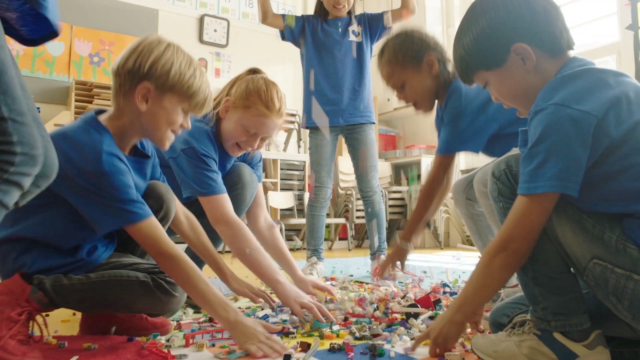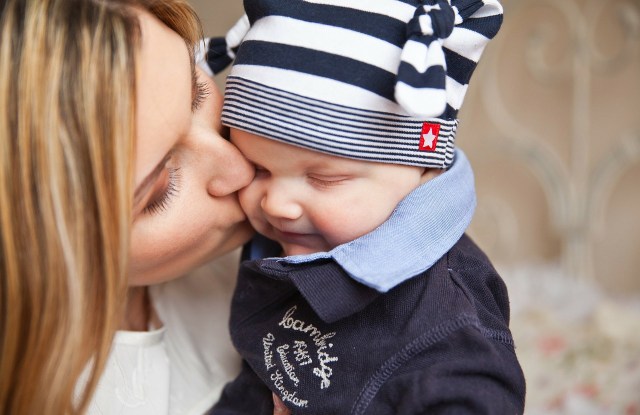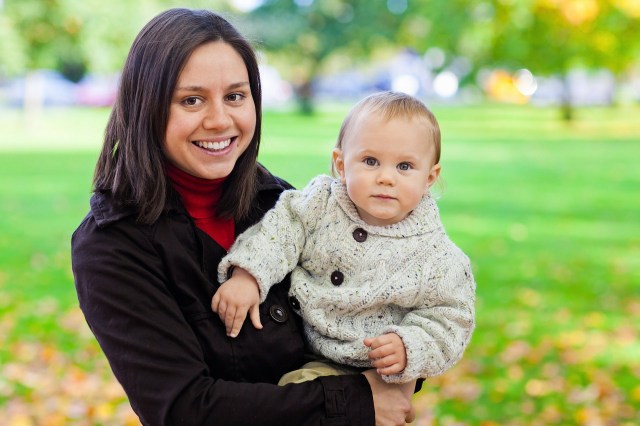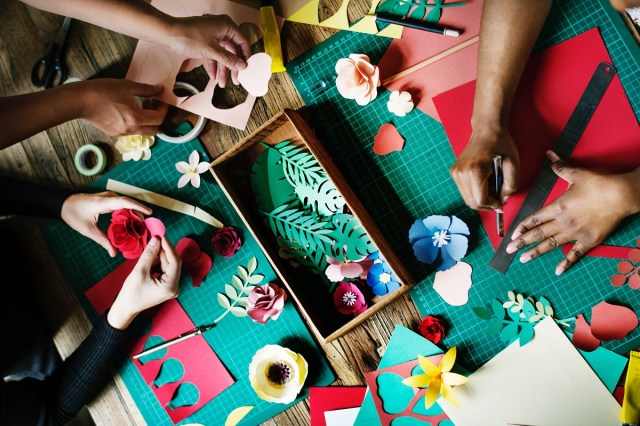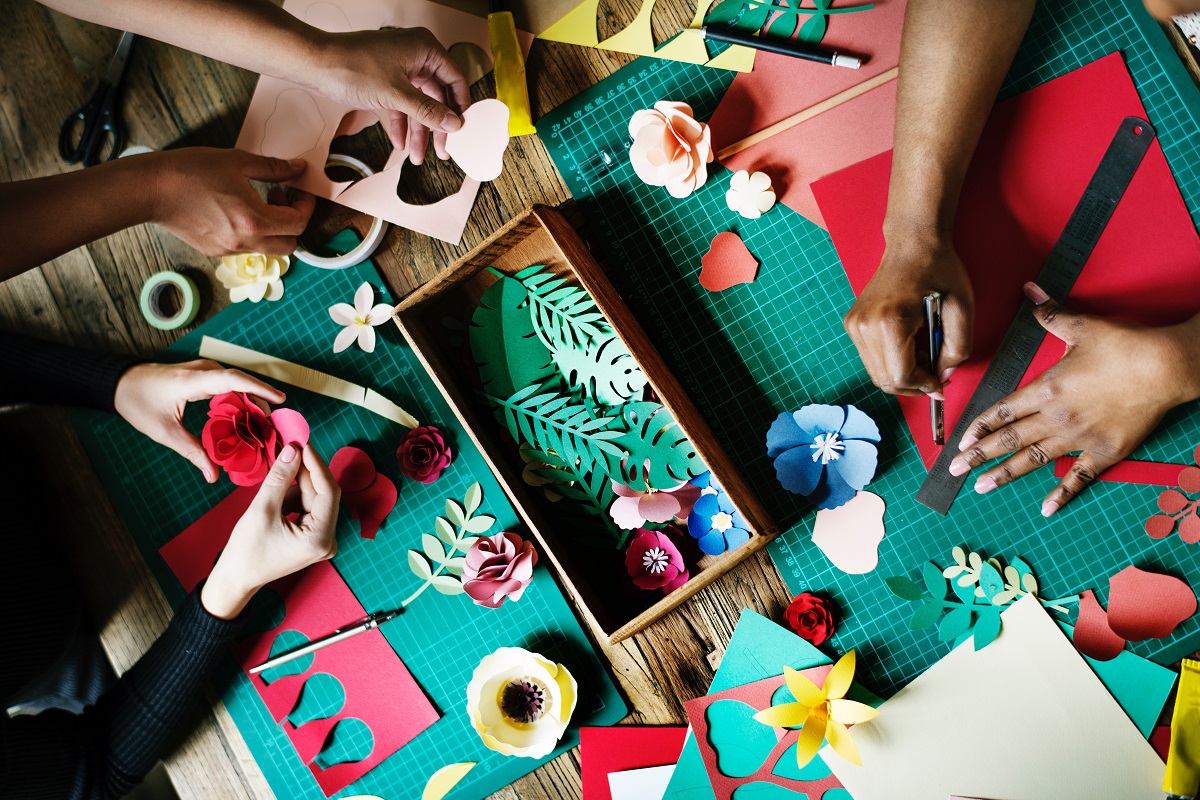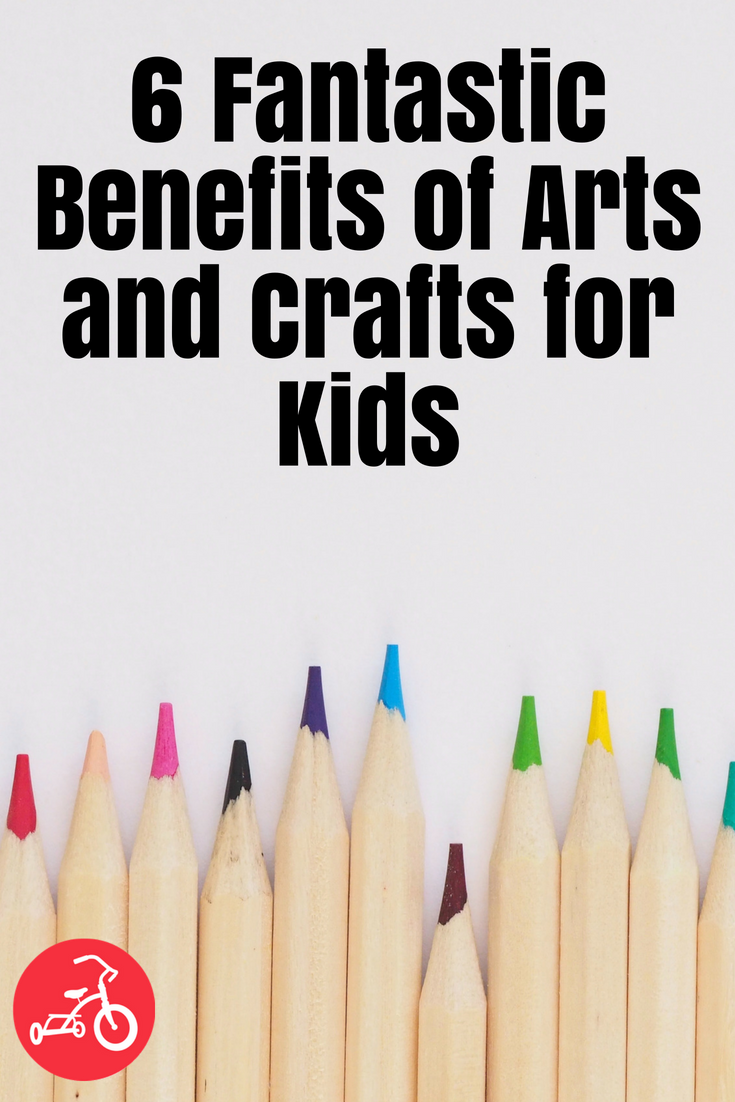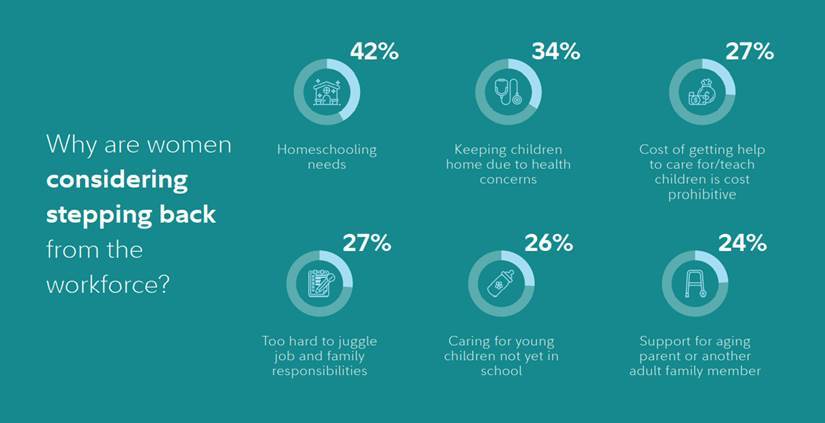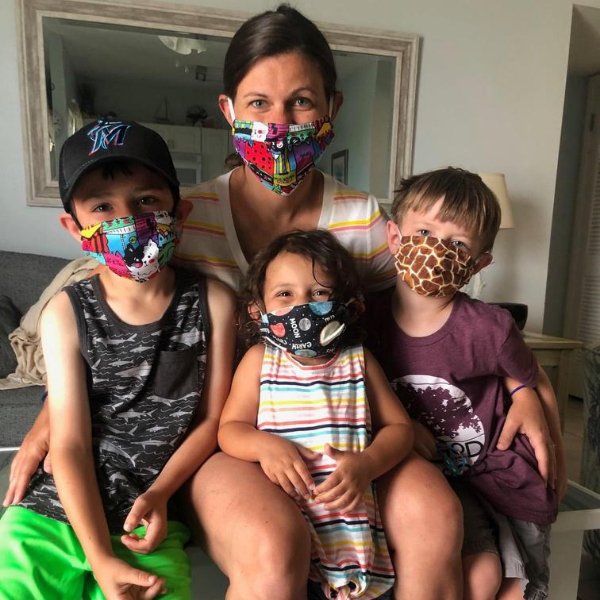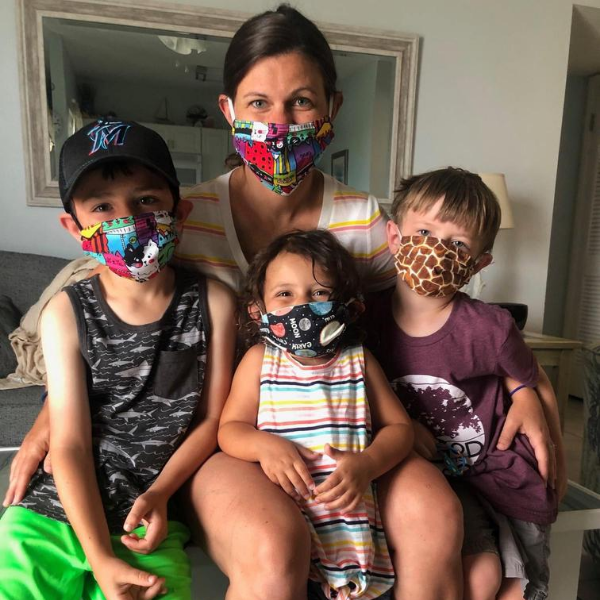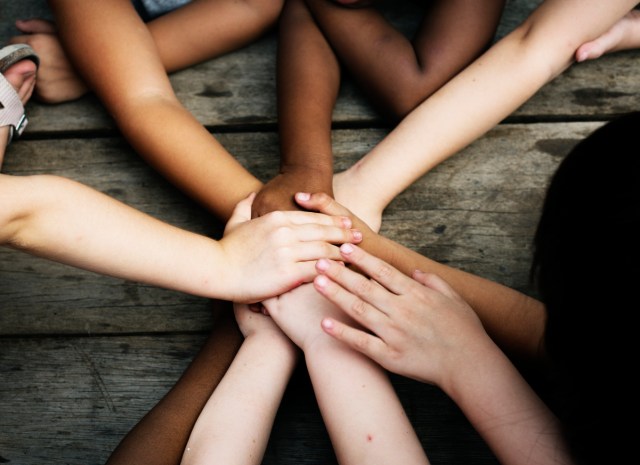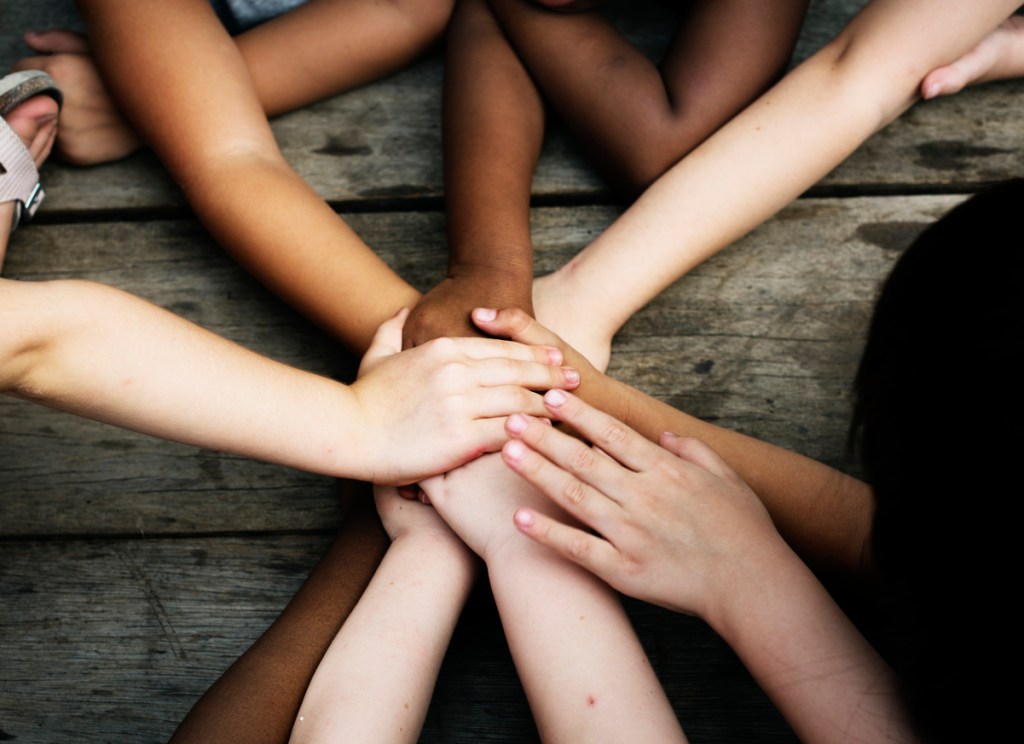What is emotional intelligence?
Emotional intelligence is understanding and recognizing your emotions, and how they impact you and those around you. It also involves perspective taking, comprehending empathy, and having a real understanding of others’ emotions too. It is about building self-awareness and learning emotional self-regulation as well as gaining the social skills to connect and understand others.
How Is Emotional Intelligence (EQ) Different from Intelligence Quotient (IQ)?
Emotional Intelligence (EQ) is intelligence specifically relating to emotions, how an individual can classify, evaluate, regulate and communicate emotions—people skills. Intelligence Quotient (IQ) refers to processing, applying, filtering, and retaining information, logical reasoning, and abstract and spatial thinking—book smart. It is a different skill set, both of which can be inherent and learned.
The Benefits of Emotional Intelligence for Your Child:
-
Enhances emotional regulation
-
Encourages positive conflict resolution skills
-
Helps your child absorb critical feedback and use it constructively to grow
-
Guides your child to be a team player and work cooperatively with success
-
Activates listening skills
Strengthen Your Child’s Emotional Intelligence through These 5 Actions:
1. Label your child’s emotions, give feelings a name. Acknowledging emotions by using simple language, “I see you are feeling (insert emotion),” provides validation and gives your child the affirmation that you are listening and understanding them at the moment.
2. Do simple breathing exercises to promote emotional self-regulation.
3. Be an active listener, especially if your child is harboring views that are different from yours. Ask questions to gain an understanding of why they may think a certain way and refrain from judgment.
4. Write it down or draw a picture. Sometimes when your child is experiencing a big emotion, the feeling gets trapped and swirls around their head and builds up to grow into something bigger than it may be in reality. Verbalising, writing, or drawing is a release valve.
5. Give your child a task with a goal (finishing a puzzle, getting dressed alone, putting on their shoes, etc.) this gives a sense of ownership over self-motivation. Encourage your child to follow through despite the outcome.
Research shows high levels of emotional intelligence are directly linked to academic achievement, better relationships, greater success for adulthood, and improved mental health. The most exciting thing about Emotional Intelligence is that it can be taught and learned. Nurturing your child’s Emotional Intelligence will give them a strong foundation in which to flourish.
RELATED:
Kids Who Can Manage Emotions Do Better In School, Study Finds
The One Thing We Miss When We Applaud Our Kid’s Success
How to Help Kids Handle Their Emotions
